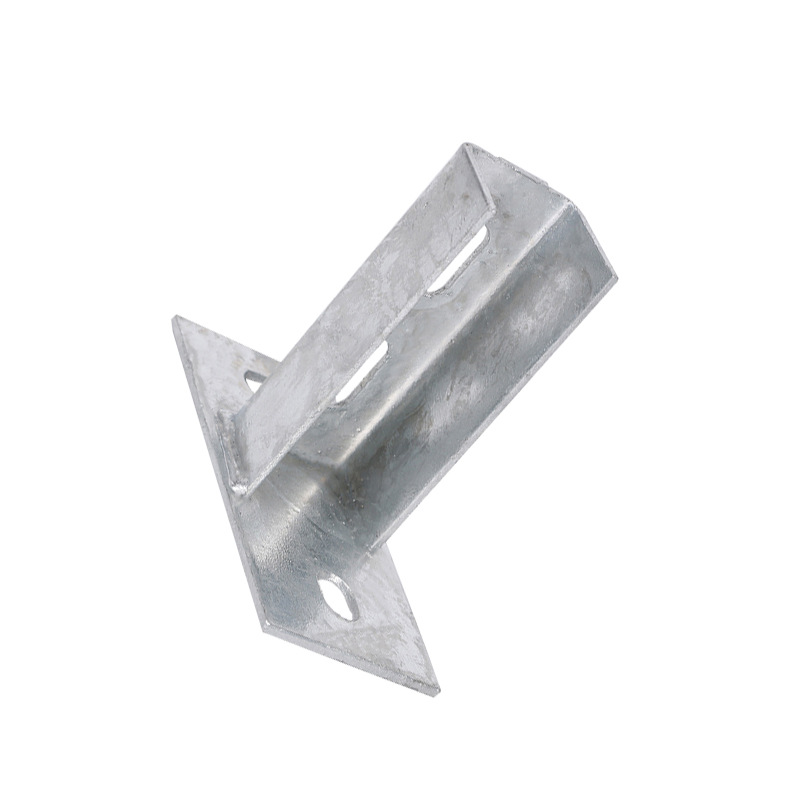

hex flange nut
Nov . 19, 2024 19:30 Back to list
hex flange nut
Understanding Hex Flange Nuts A Comprehensive Guide
Hex flange nuts are essential components used in various industries, particularly in construction, automotive, and machinery manufacturing. Characterized by their unique shape, functionality, and versatility, these nuts have gained significant popularity due to their distinct advantages over traditional nuts.
What is a Hex Flange Nut?
A hex flange nut, as the name suggests, has a hexagonal shape similar to a standard hex nut but features a wide flange at its base. This flange increases the surface area that comes into contact with the material, providing greater stability and distribution of the load. Hex flange nuts are designed to accommodate a range of bolt sizes, often conforming to industry standards like ISO or ANSI.
Key Features and Benefits
1. Enhanced Load Distribution The primary advantage of a hex flange nut is its ability to distribute the load over a larger area. This reduces the risk of damage to the materials being fastened, making it particularly useful in applications where structural integrity is crucial.
2. Reduced Assembly Time The flange eliminates the need for an additional washer, streamlining the assembly process. This not only saves time but also reduces the risk of mixing and misplacing components during assembly.
3. Resistance to Loosening Many hex flange nuts are designed to resist loosening under vibration. This feature is especially advantageous in automotive and industrial applications where vibration is a common occurrence. The intrinsic design of the nut, combined with the material properties, helps maintain a secure grip on the bolt.
4. Versatile Applications Hex flange nuts are versatile and can be used in various applications including, but not limited to, fastening automotive parts, machinery frames, and construction frameworks. Their adaptability enables them to meet the diverse needs of different industries.
5. Material Variations Hex flange nuts are available in a variety of materials including stainless steel, carbon steel, and even plastic. This versatility allows manufacturers and builders to select the appropriate material based on environmental conditions, load requirements, and corrosion resistance.
How to Select the Right Hex Flange Nut
hex flange nut

When choosing a hex flange nut, several factors should be considered to ensure optimal performance
1. Bolt Compatibility Ensure that the nut matches the size and thread pitch of the bolt. This is critical to achieving a secure fit.
2. Material Selection Consider the environment in which the nut will be used. For example, stainless steel nuts are ideal for outdoor applications or environments prone to moisture, while carbon steel nuts may be suitable for indoor use.
3. Load Requirements Assess the load that the nut needs to support. Heavier loads may require sturdier materials or specific grades of flange nuts.
4. Finish and Coating The finish can affect the nut's performance in different environments. Coatings such as zinc plating can provide additional corrosion resistance.
Installation Tips
Proper installation is crucial to maximize the benefits of hex flange nuts. Here are some tips for effective installation
- Clean the Thread Before installation, ensure that the bolt threads and the surfaces make good contact. Clean any debris or rust from the threads. - Torque Specifications Always use a torque wrench to apply the appropriate torque as specified by the manufacturer. Over-tightening can lead to stripping the threads or damaging the materials being fastened. - Check for Vibration Resistance If used in a high-vibration area, consider additional measures such as using a locking mechanism or a thread-locking adhesive to ensure continued performance.
Conclusion
Hex flange nuts are a vital component in various industries, thanks to their unique design and numerous advantages. Understanding their features, benefits, and proper usage can enhance product reliability and structural integrity. Whether used in automotive applications, construction projects, or machinery assembly, the hex flange nut has proven to be a dependable choice for engineers and builders alike. With careful selection and installation, these nuts can significantly contribute to the longevity and safety of the assembly.
Latest news
-
High-Strength Hot Dip Galvanized Bolts - Hebei Longze | Corrosion Resistance, Customization
NewsJul.30,2025
-
Hot Dip Galvanized Bolts-Hebei Longze|Corrosion Resistance&High Strength
NewsJul.30,2025
-
High-Strength Hot-Dip Galvanized Bolts-Hebei Longze|Corrosion Resistance&High Strength
NewsJul.30,2025
-
Hot Dip Galvanized Bolts-Hebei Longze|Corrosion Resistance&High Strength
NewsJul.30,2025
-
Hot Dip Galvanized Bolts - Hebei Longze | Corrosion Resistance, High Strength
NewsJul.30,2025
-
High-Strength Hot Dip Galvanized Bolts-Hebei Longze|Corrosion Resistance, Grade 8.8
NewsJul.30,2025

